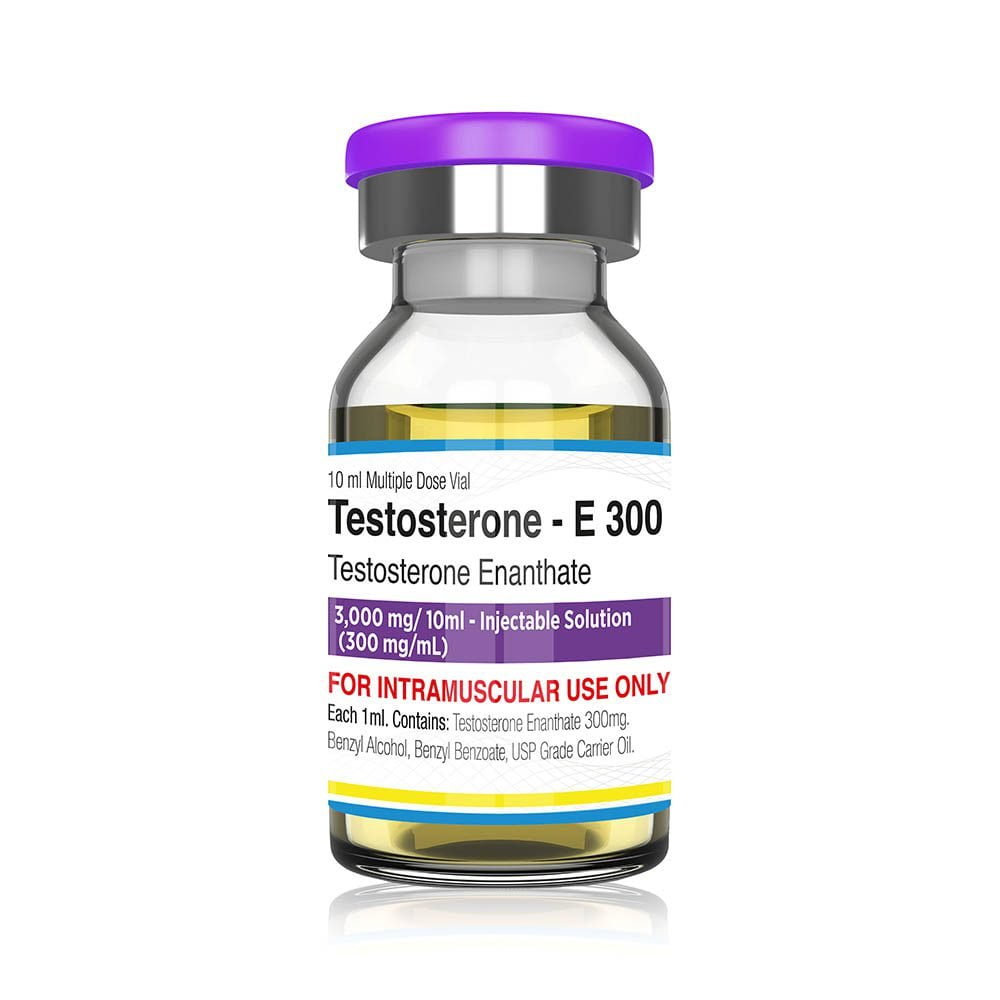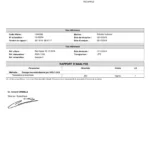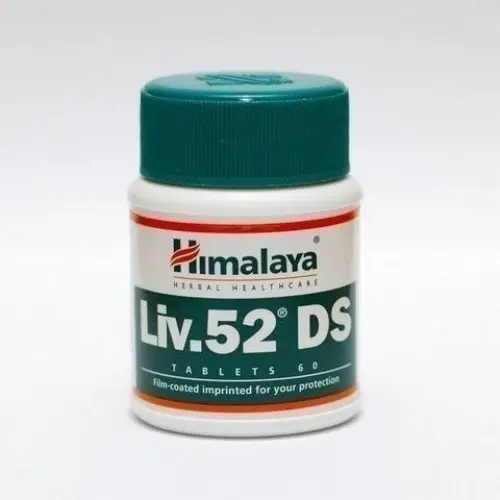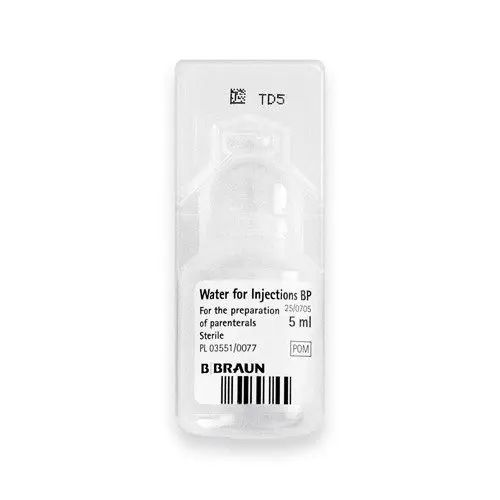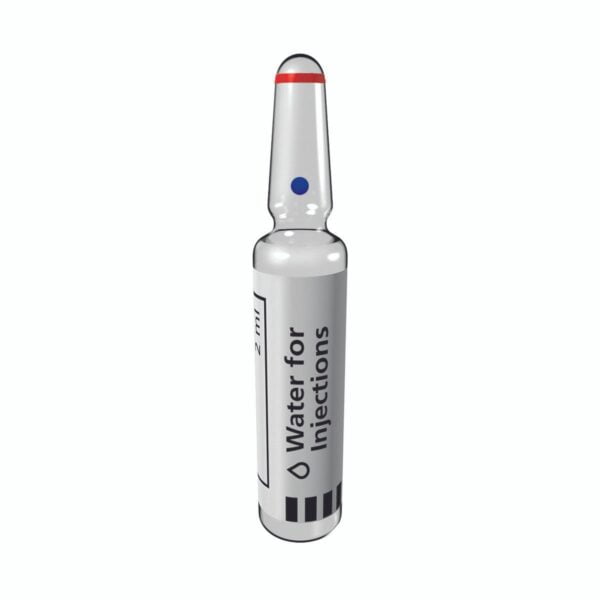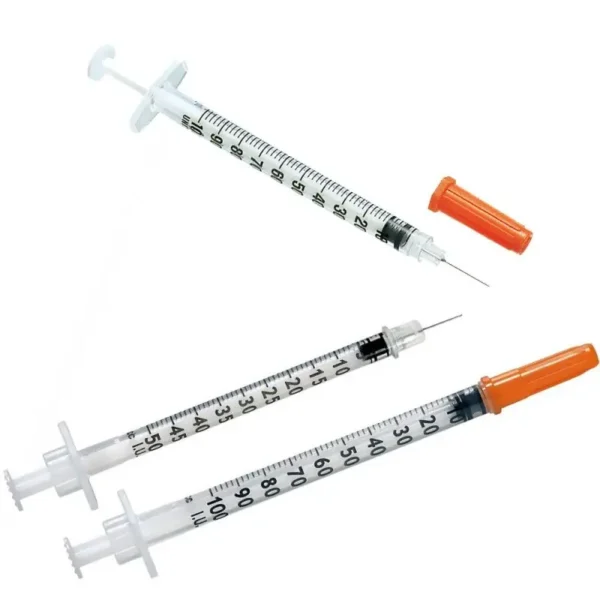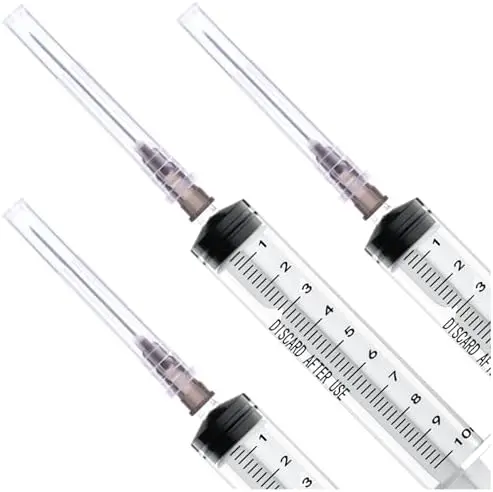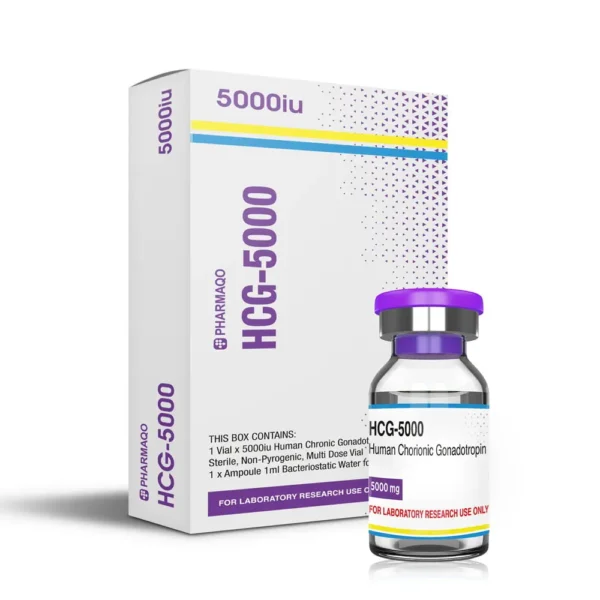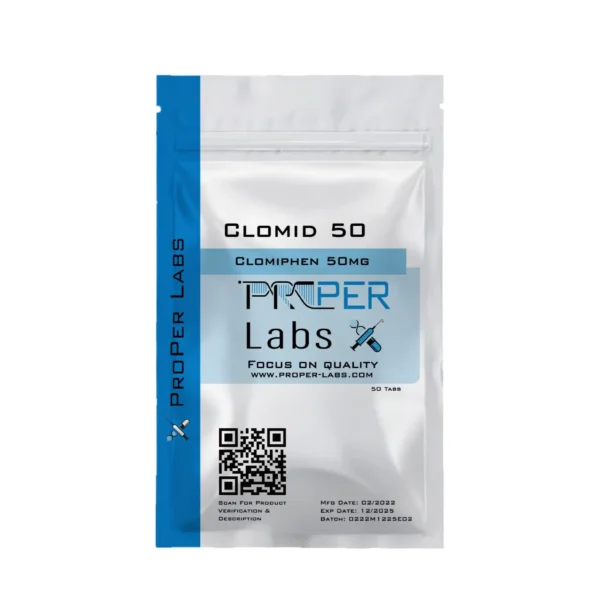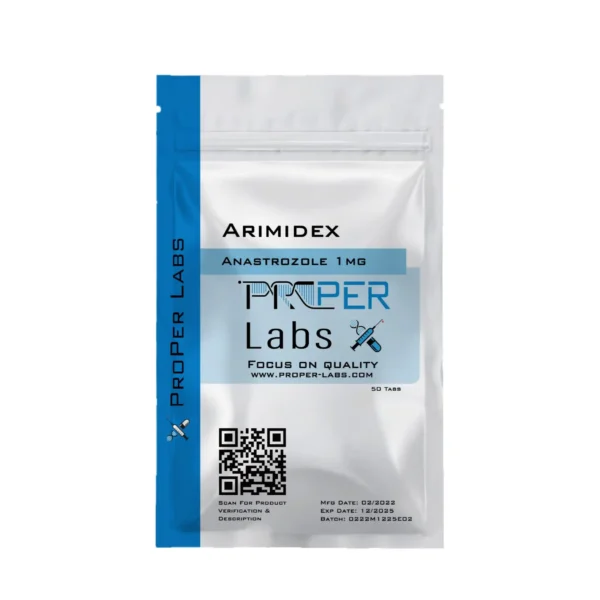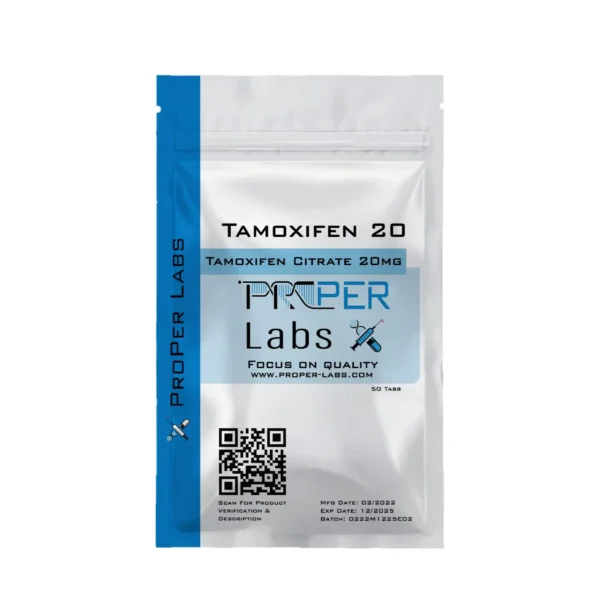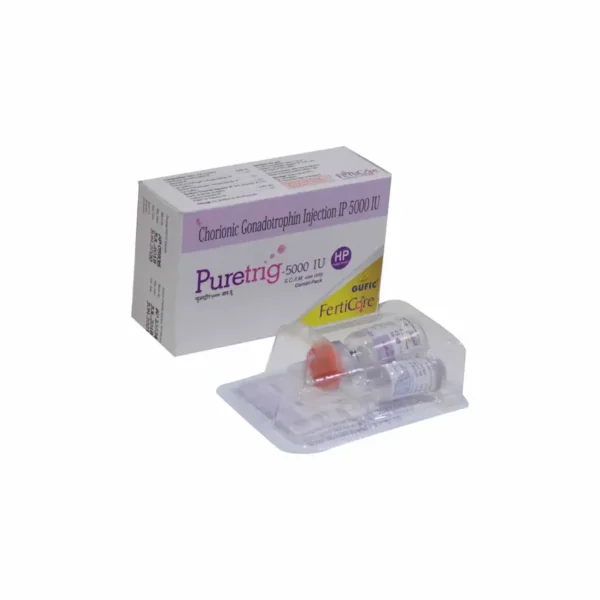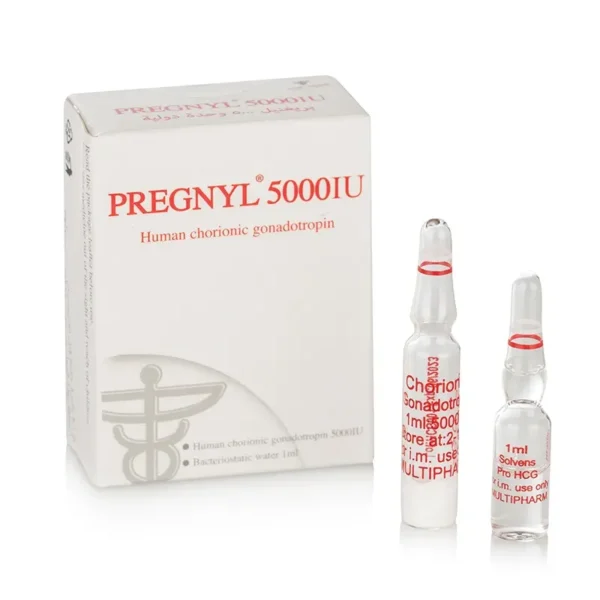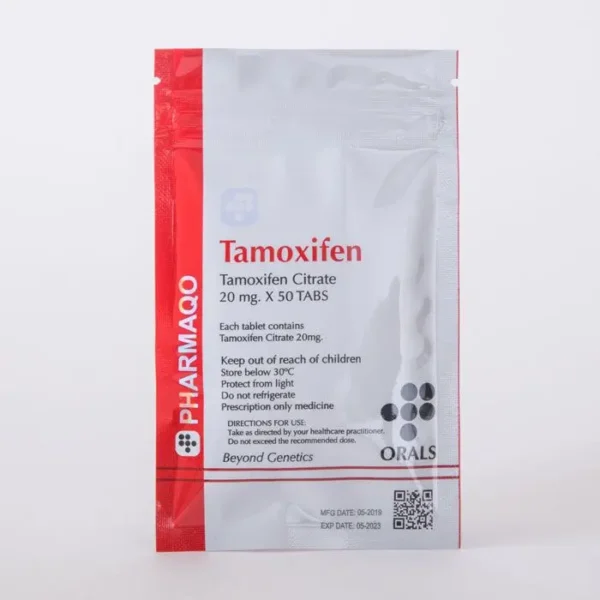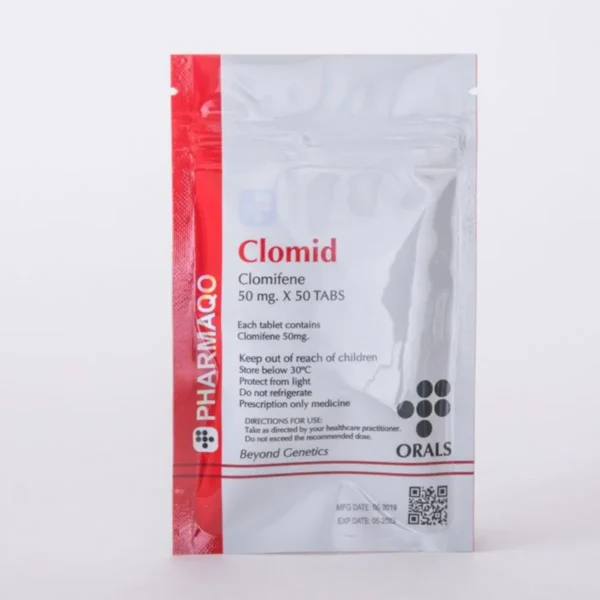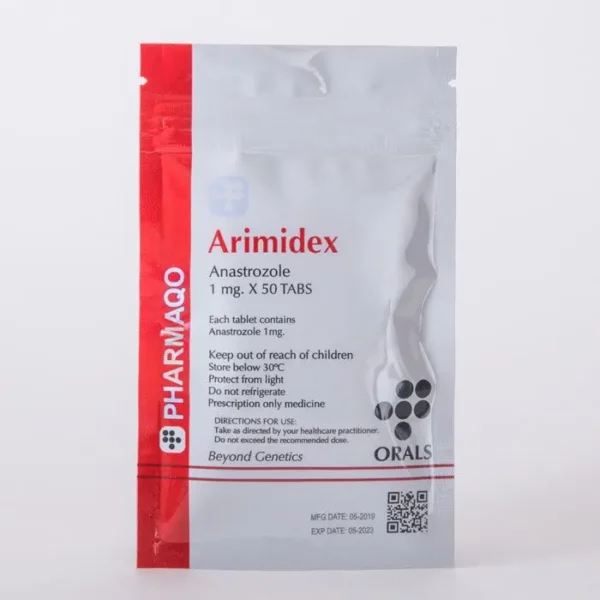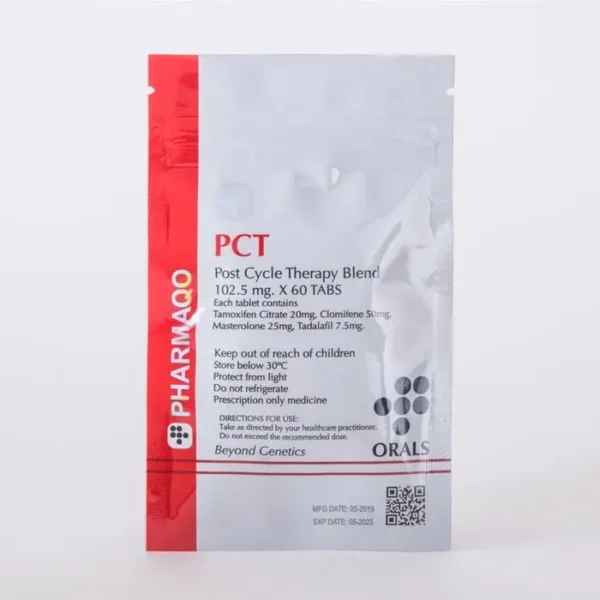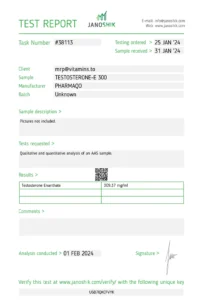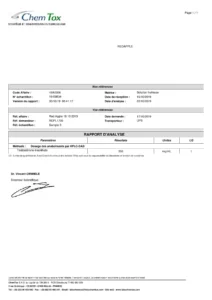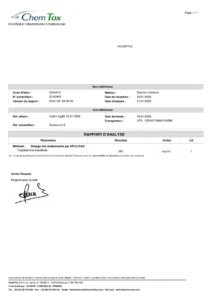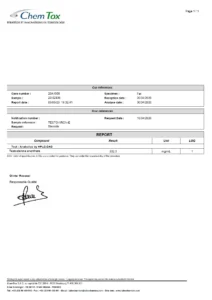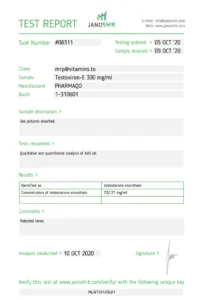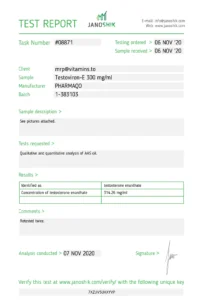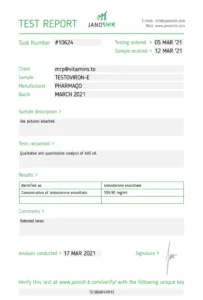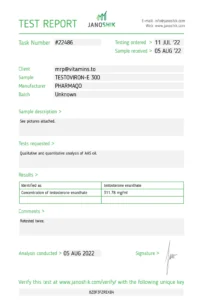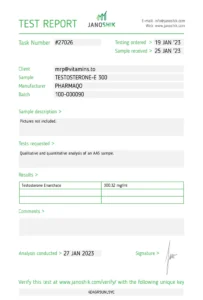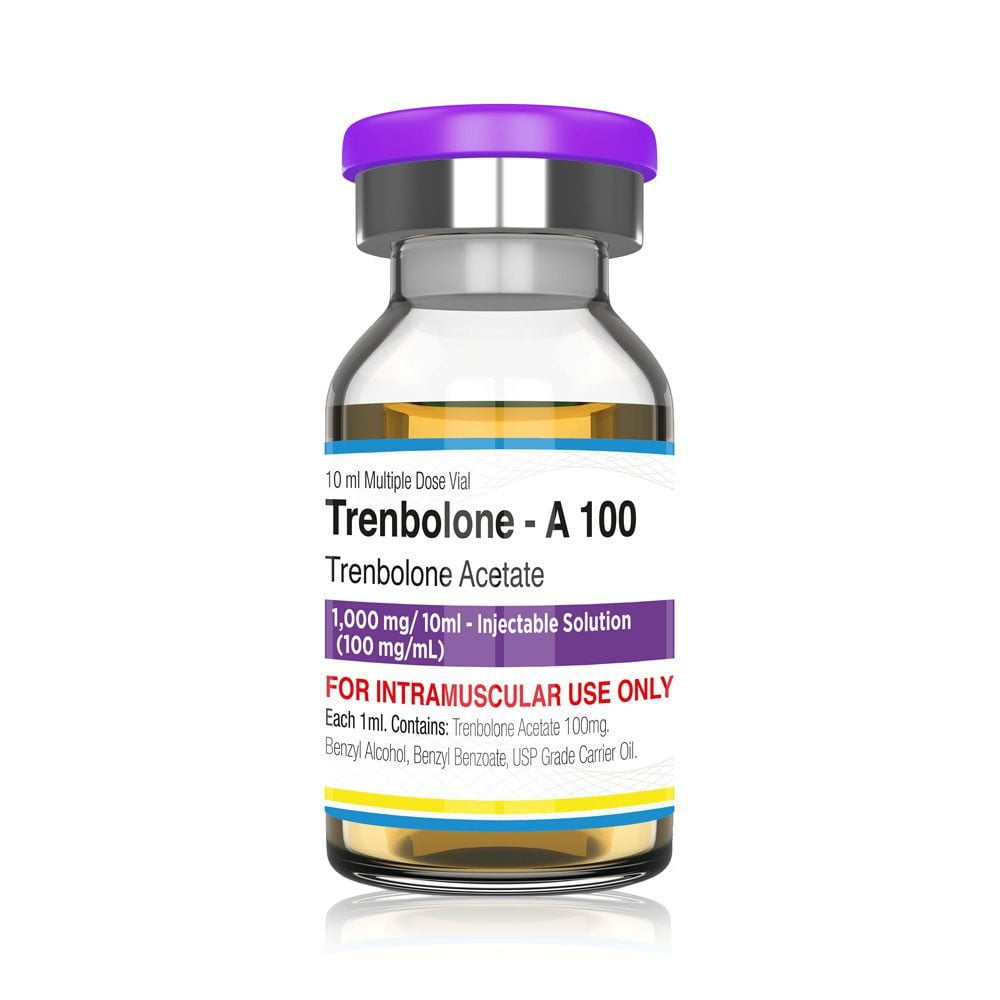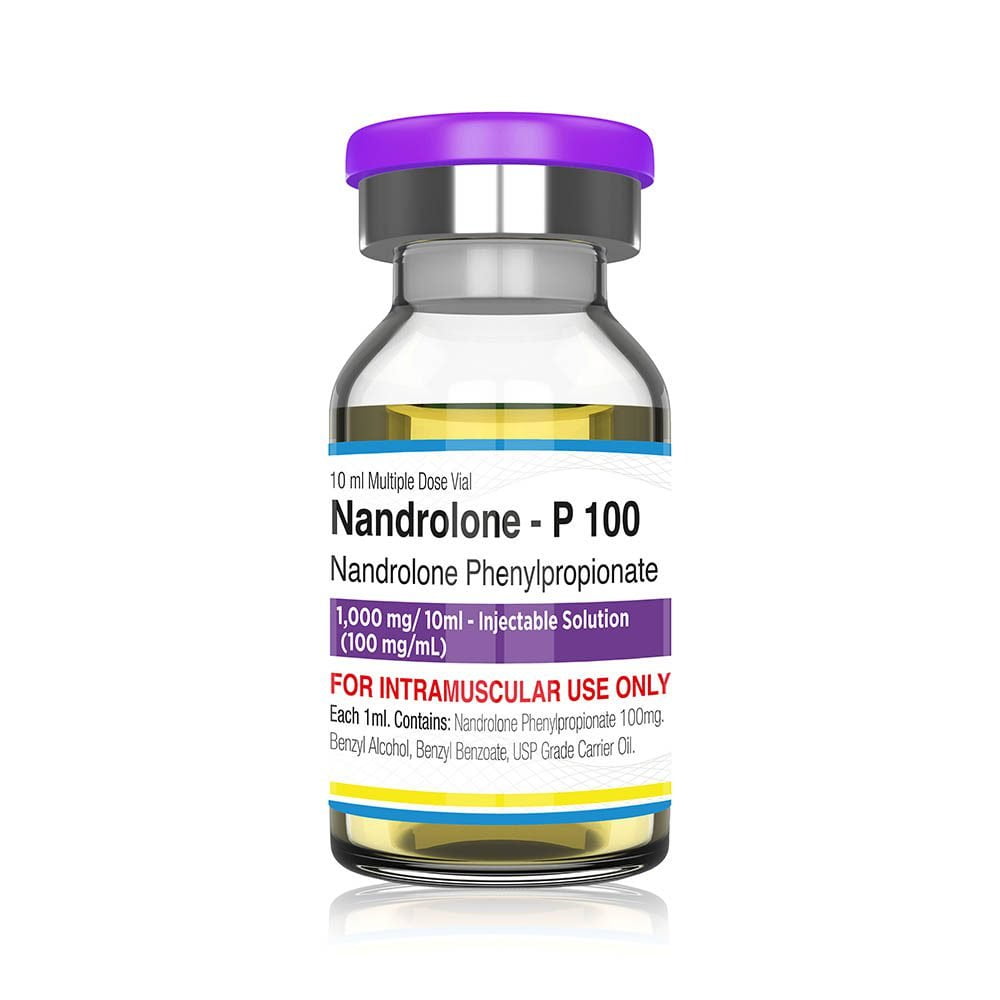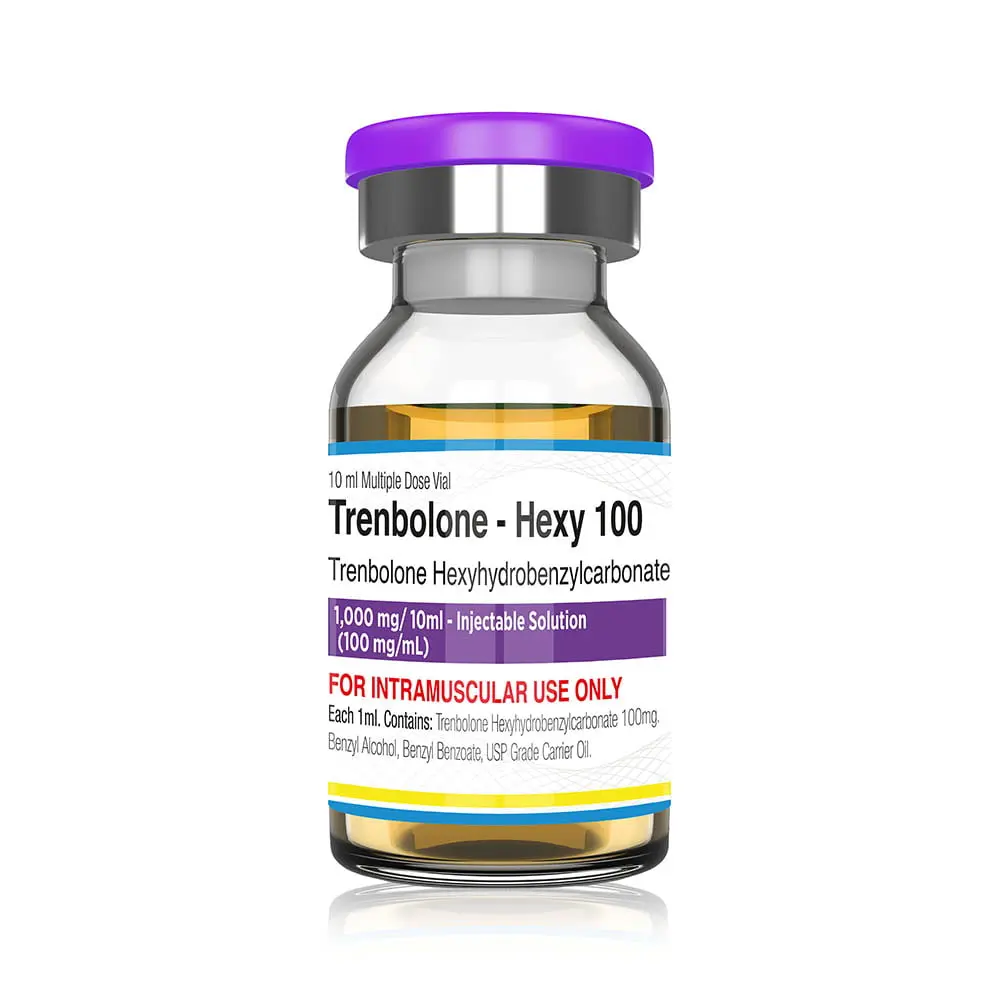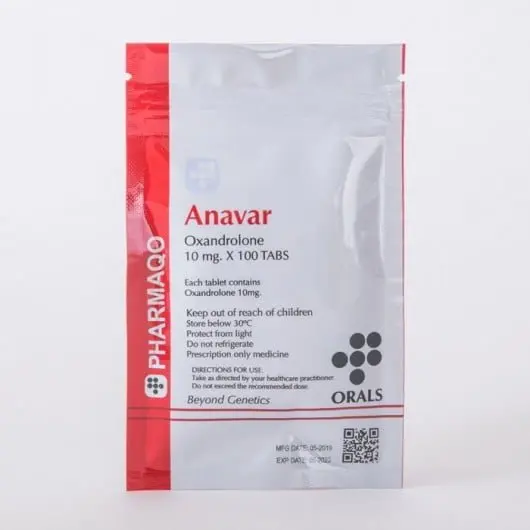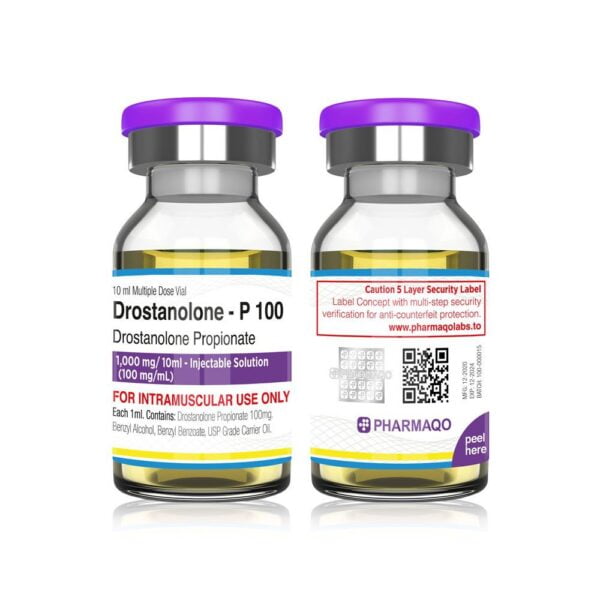
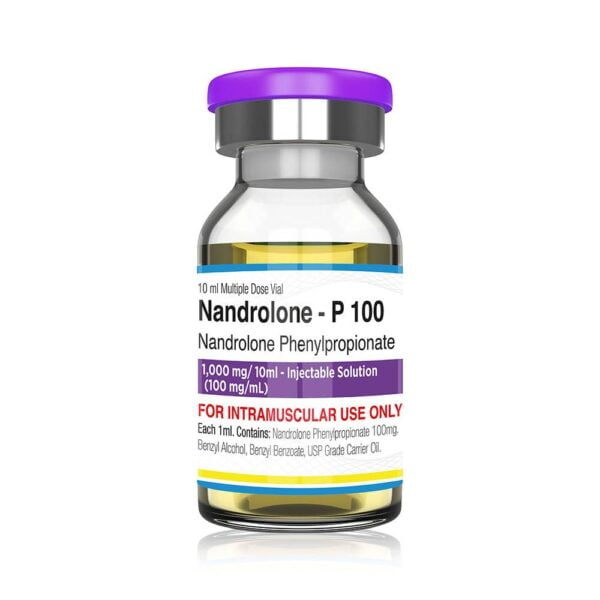
Testosterone Enanthate 300 | Pharmaqo Labs
Testosterone Enanthate also know as Testoviron or Testosterone-E
Manufacturer: PharmaQo Labs
Active substance: Testosterone Enanthate
Form: Injection
Unit: 10ml / 300mg/1ml – Vial
$41.00 Original price was: $41.00.$34.90Current price is: $34.90.
Out of stock
Shipping & Delivery
USA & Canada delivery takes 7 - 14 working days.
USPS Local Courier service.
Quality Guaranteed
Only Premium Brands, Laboratory Tested Quality.
Testosterone Enanthate 300 – Testoviron – PharmaQo Labs
Are you struggling to make gains despite consistent training? Do you find your energy levels and recovery aren’t what they used to be? Testosterone Enanthate 300mg by PharmaQo Labs is the solution you’ve been searching for. This pharmaceutical-grade testosterone delivers unparalleled quality and potency to help you break through plateaus and achieve the physique you’ve always wanted.
Imagine waking up each morning with renewed vigor, attacking your workouts with intensity you haven’t felt in years, and watching your body transform week after week. That’s the power of premium Testosterone Enanthate – the foundation of every serious performance enhancement protocol.
Why PharmaQo Testosterone Enanthate Stands Above the Rest
PharmaQo Labs’ Testosterone Enanthate 300mg represents the gold standard in testosterone supplementation. Each batch undergoes rigorous testing for purity and potency, ensuring you receive a product that delivers consistent, powerful results with every injection.
The higher 300mg/ml concentration means fewer injections and less oil volume compared to standard 250mg products, reducing injection frequency and potential discomfort while maintaining optimal hormone levels.
Product Specifications
Concentration: 300mg/ml of pure Testosterone Enanthate
Volume: 10ml multi-use vial
Carrier Oil: Pharmaceutical-grade MCT oil for smooth injections
Filtration: 0.22μm sterile filtration process
Packaging: Tamper-evident vial with rubber stopper
Batch Testing: Each batch laboratory verified for purity and potency
Half-life: Approximately 5-7 days for optimal dosing protocol
Scan the QR code on your product to view the full laboratory certificate for your specific batch.
Recent Laboratory Test Results:
Main Testosterone Enanthate Bodybuilding Benefits
Dramatic Strength Increases – Feel your power surge as testosterone optimizes your nervous system and increases muscle fiber recruitment, allowing you to shatter personal records
Accelerated Muscle Growth – Watch your physique transform as enhanced protein synthesis creates the perfect environment for building quality lean tissue
Improved Recovery Capacity – Wake up feeling refreshed and ready to train again as testosterone’s recovery-enhancing effects minimize downtime between sessions
Enhanced Libido and Vitality – Reclaim your youthful drive and energy both in and out of the gym as optimal testosterone levels restore your natural vigor
Superior Body Composition – Achieve that harder, more defined look as testosterone’s nutrient partitioning effects help you add muscle while reducing body fat
Increased Red Blood Cell Production – Experience improved endurance and pumps as your muscles receive enhanced oxygen delivery during intense training
PharmaQo Testosterone Enanthate Real Users Reviews
⭐⭐⭐⭐⭐
“Used this product for a while now and I have drug tested the product. It’s legit and what it says”
⭐⭐⭐⭐⭐
“The testosterone e300 is perfect product and works well for building muscle and labido ”
⭐⭐⭐⭐⭐
“I love dealing with this company! Service is always top class and the product is always top class. I’ve had an issue with acne with most products I’ve used and I’ve been doing this for over 10 years and with this product I don’t get acne and I really don’t experience any side effects so it’s safe to say after already purchased 4 x 2 bottles I’m going to do the same next time”
⭐⭐⭐⭐⭐
“Immediate libido increase and strength up within 2 weeks. Weight gain noted. Top quality gear!”
⭐⭐⭐⭐⭐
“This is the best stuff I’ve found. I normally get acne but not with this stuff and I’ve not been using it for 4 cycles ”
How to use Testosterone Enanthate in Bodybuilding Purpose
Performance Enhancement: 300-600mg per week, divided into 2 equal injections
Testosterone Replacement (TRT): 150-300mg per week, divided into 1-2 injections
Recommended Injection Sites: Glutes, ventro-gluteal, deltoids, and quadriceps
Injection Frequency: Every 3.5 days for stable blood levels (e.g., Monday morning/Thursday evening)
Cycle Duration: 12-16 weeks for performance enhancement, continuous for replacement therapy
Post-Cycle Therapy: Essential for performance enhancement cycle to restore natural testosterone production,
Recommended PCT Supplements: hCG / Tamoxifen / Citomed / Liver Support
Important Health Considerations
Monitor estrogen levels to prevent potential side effects like water retention or gynecomastia
Regular blood work is recommended before, during, and after your cycle
Consider supportive supplements for liver, cardiovascular, and prostate health
Be aware of potential androgenic effects including hair thinning in genetically predisposed individuals
Follow proper injection techniques to prevent infection or injection site complications
Legal Advisory: The use of Testosterone Enanthate is regulated differently across jurisdictions. This product is intended for research purposes only in areas where personal use is not permitted. Always verify local laws and regulations.
Complete Your Cycle with These Essential Supplements
Anastrozole (Arimidex) – Premium aromatase inhibitor for estrogen management
HCG (Human Chorionic Gonadotropin) – Maintains testicular function during testosterone administration
Nolvadex (Tamoxifen Citrate) – Essential component for effective post-cycle therapy
Advanced Liver Support – Comprehensive formula for organ health during your cycle
Injection Supplies – Sterile needles, syringes, alcohol swabs, and sharps container
Buy PharmaQo Testosterone Enanthate with Steroiduck – Store Built by Bodybuilders, for Bodybuilders
When it comes to powerful compounds like Testosterone Enanthate, quality isn’t just preferred—it’s essential.
Pharmaceutical-Grade Manufacturing – Every Testosterone Enanthate available in our store is produced in ISO-certified facilities using only the highest purity raw materials (>99.7% HPLC verified)
Proprietary Filtration Technology – The multi-stage filtration process ensures absolute sterility while preserving complete molecular integrity
Batch-to-Batch Consistency – Unlike underground labs with wildly varying potency, our standardized production guarantees identical quality with every purchase
Transparent Testing – Every batch receives comprehensive third-party analysis with publicly accessible verification, not sponsored by manufacturer!
BEST PRICE GUARANTEE: Found PharmaQo Labs Testosterone Enanthate cheaper elsewhere? Let us know and we’ll match or beat any verified competitor’s price!
Once your order is placed and payment confirmed, it typically takes 1-3 business days for dispatch. Delivery times vary:
US orders arrive in 5-13 days.
European orders in 6-15 days,
International orders can take 10-20 days.
Tracking is provided usually within 1-3 working days.
For more detailed delivery time click here


